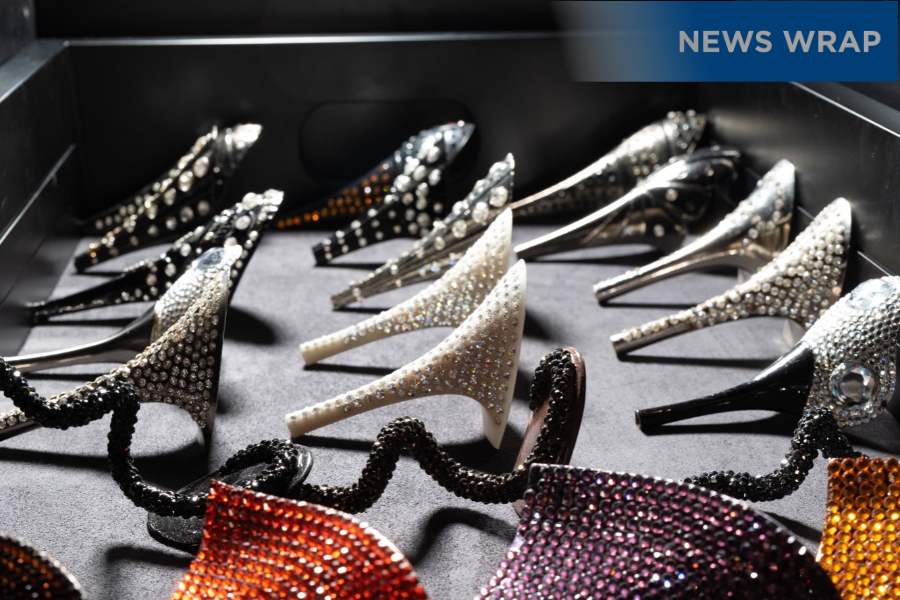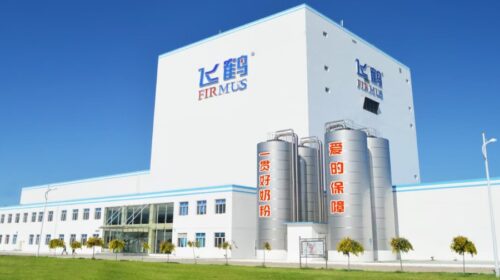NEWS WRAP: Lanvin business stagnates in 2023

The unit of Chinese conglomerate Fosun reported its revenue rose just 1% last year as the global luxury goods market stalled
By Teri Yu
Luxury fashion brand operator Lanvin Group Holdings Ltd. (LANV.US) recorded just 1% revenue growth last year to 426 euros ($462 million), according to preliminary results it released on Wednesday, raising concerns about the company’s ability to drive sales and profitability.
The results for the luxury goods arm of Chinese conglomerate Fosun lagged behind global fashion giant LVMH (MC.PA), whose revenue grew 13% last year. But it outperformed a 4% revenue decline for Kering (KER.PA), whose core Gucci brand struggled.
A slowdown in the global luxury market has been pressuring brand operators across the spectrum as they grapple with subdued consumer spending and sales that have failed to return to pre-pandemic levels.
Lanvin, which was originally created in 1889 in Paris, became part of Fosun Group in 2018 and moved its headquarters to Shanghai. The company now operates a number of fashion brands acquired by Fosun through a string of acquisitions, including Lanvin, Wilford, Sergio Rossi, St. John and Caruso.
Less than a year after the company went public, its founding Chairman and CEO Joann Cheng stepped down to pursue new ventures last December, hinting at a potential shakeup.
On a call to discuss the latest preliminary results, new CEO Eric Chan said 2023 was a year full of macroeconomic headwinds and global challenges. He added that a softening second-half of the year put the entire luxury industry in a position it has not seen for quite some time.
“We did see a decrease in revenue from the first half to the second half of the year, which aligned with a general softening of its macroeconomics,” said CFO David Chan on the call, detailing the latest market trends and challenges.
Europe, the Middle East and Africa (EMEA) accounted for the largest portion of Lanvin Group’s sales at 47% last year, while North America and Asia Pacific accounted for 35% and 18%, respectively. The Asia Pacific region was a relatively bright spot for the company, growing 8% for the year, while EMEA decreased marginally and North America recorded only a small increase.
In terms of store network, the company lowered its store count by 12 during the year, and its direct-to-consumer sales remained flat compared to 2022.
Revenue from its flagship Lanvin brand saw the biggest decline, falling 7% decrease from 120 million euros in 2022 to 112 million euros last year. The brand’s wholesale revenue also decreased 23% over last year due to a soft retail market. The 16% drop in revenue from India, which is the Lanvin brand’s biggest market, also weighed on the brand’s overall sales decline.
Among its other brands, a bright spot came from Caruso, which recorded 30% revenue growth. That business has nearly doubled over the last two years, with the company attributing the gains to the brand’s unique “playful elegance” style and expanded production capacity and workforce.
Lanvin’s shares rose 6.4% the day of the announcement, but gave back most of those gains the next day.
Lanvin guided that as its margins improve, the company is on track to achieve cash-flow breakeven in 2025, while three of its brands will attain adjusted EBITDA breakeven this year.
To subscribe to Bamboo Works free weekly newsletter, click here






